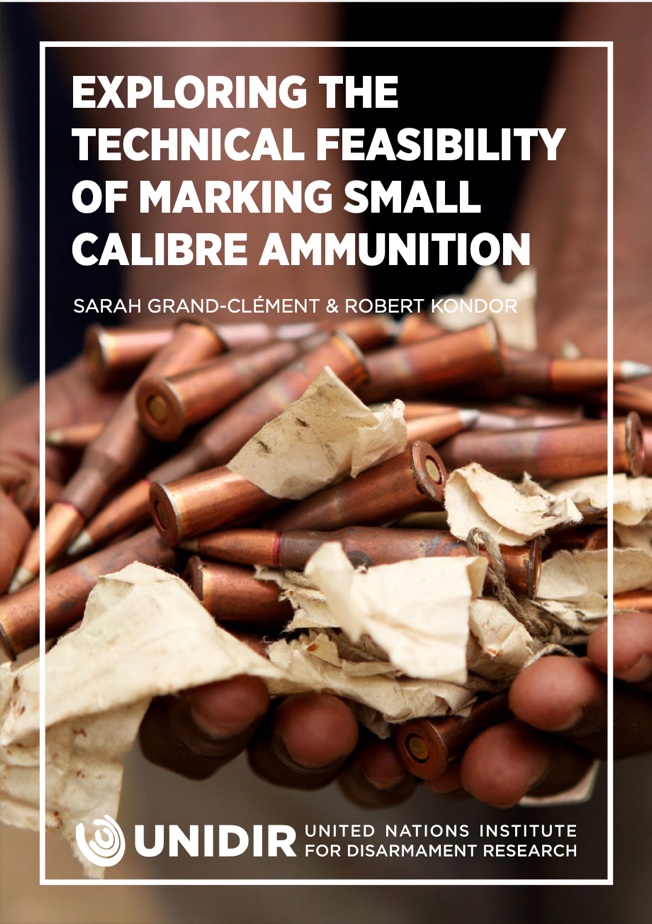Bullet ID was included in a recent study performed by the United Nations Institute for Disarmament Research (UNIDIR). “Exploring the Technical Feasibility of Marking Small Ammunition” (https://unidir.org/publication/exploring-technical-feasibility-marking-small-ammunition) highlights the significant impact that serialized ammunition can have on reducing armed violence and organized crime. Serializing small caliber ammunition is a lot easier to implement than small arms registries and it can be a more effective tool in both crime prevention and investigation.
According to the publication, “Marking individual rounds of small calibre ammunition with sufficient relevant information such as the calibre, manufacturer, importing country, year of manufacture and specific lot or batch number, alongside accurate and long-term record-keeping, can help improve identification and tracing of recovered rounds and help identify any point of diversion, as such markings can aid criminal investigations of armed violence or help determine the efficacy of arms embargoes, ultimately reducing the loss of human lives.”
“As noted by the International Action Network on Small Arms (IANSA): “ammunition transforms [small arms and light weapons] from inoperative objects into lethal weapons that can be used to take away human lives and devastate communities”.”
“As demonstrated by UNIDIR’s Diversion Analysis Framework, small calibre ammunition runs the risk of being diverted at various junctures during its lifetime, which is compounded by its long shelf life. Recent research has highlighted the longevity of ammunition: of a dataset of over 800 rounds with a known date of manufacture, “the average age of the cartridges…. is 33 years”.In particular, once rounds are unpacked and distributed, specific details regarding these rounds are lost. Diversion can result in ammunition being used by unauthorized users, such as criminal groups, insurgent and terrorist forces, and other non-state armed groups.Additionally, authorized users, including civilians, can use ammunition for illegal or criminal purposes. Marking of ammunition and/ or its packaging is one approach which, when employed in conjunction with accurate record-keeping, can help trace points of diversion and identify recovered rounds to help with criminal investigations or to determine the efficacy of arms embargoes.”
